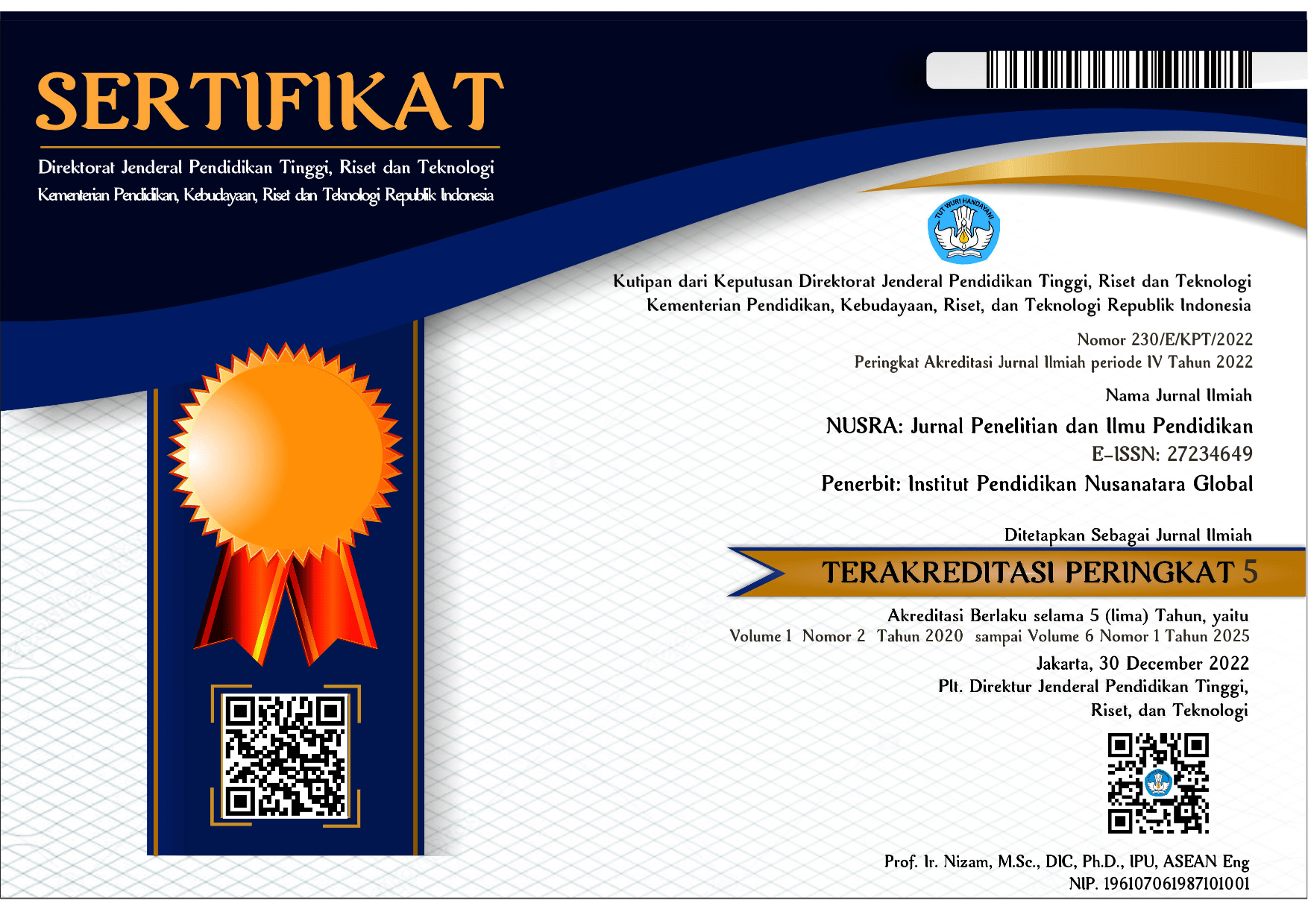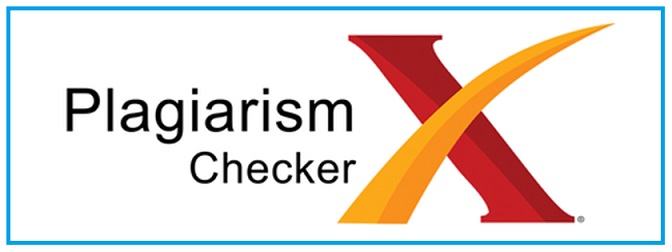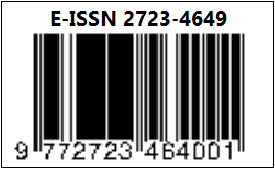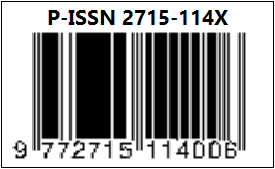UJARAN KEBENCIAN NETIZEN PADA KOLOM KOMENTAR DI INSTAGRAM BEM KBM UNTIRTA TAHUN 2022 (KAJIAN LINGUISTIK FORENSIK)
DOI:
https://doi.org/10.55681/nusra.v4i3.1449Keywords:
Hate Speech Language in Social Media, Forms of Hate Speech, Lexical Meaning and Grammatical MeaningAbstract
This research is a qualitative descriptive study. The purpose of this study is to: (1) describe the form and meaning of hate speech by netizens in the comments column on Instagram BEM KBM Untirta in 2022, (2) describe the language units of hate speech by netizens in the comments column on Instagram BEM KBM Untirta in 2022. Data sources on this research is the language in Instagram social media that contains elements of hatred, the social media is Instagram BEM KBM Untirta from July to August 2022. Other sources include books, journals, which are relevant to research, and can corroborate data. The instrument in this study was a form of documentation using the screen capture method, literature study, reading and note taking. The data analysis method used in this study is the equivalent method. The collection of data used in this study uses investigator trigulation. Based on the analysis, the forms of utterances of language hatred on the Instagram social media of BEM KBM Untirta in 2022 are insults and defamation. Based on the form of language, grammatical units that indicate hate speech in a text can be in the form of words, phrases, clauses, and sentences. Lexical meaning is the meaning of linguistic form which is free from context. Grammatical meaning is the meaning of a linguistic form that is bound by context. The meaning of words, phrases, clauses and sentences will be different if the context is also different.
Downloads
References
Dutha Bachri, Andika. Linguistik Forensik (Telaah Holistik Bahasa dalam Konteks Hukum). 2020. Bandung: UPI Press.
Henry Subiakto. 2019. Perbedaan Pencemaran Nama Baik dan Penghinaan, Official Website ofScribd. https://www.scribd.com/doc/95934978/Perbedaan-Pencemaran-Nama-Baik-Dan-Penghinaan
Johnson, A., & Coulthard, M. (2010). Introduction: Current Debates in Forensic Linguistics. In The Routledge Handbook of Forensic Linguistics (pp. 1-15). New York: Routledge.
Moleong, L.J. 2017. Metode Penelitian Kualitatif. Banding: PT. Remaja Rosdakarya. M.S.,
Undang-Undang Nomor 19 Tahun 2016 Tentang Perubahan Undang-Undang No 8 Tahun 2008 Tentang Informasi Dan Transaksi Elektronik.
Reydi Vridell Awawangi. 2014. Pencemaran Nama Baik dalam KUHP dan Menurut UU No. 11 Tahun 2008 Tentang transaksi Elektronik, Lex Crimen Vol. III, No. 4.
Surat Edaran (SE) No. SE/6/X/2015, 8 Oktober 2015 tentang Hate Speech atau Ujaran Kebencian.
Suryani, Y., Istianingrum, R., dan Hanik, S.U. 2021. Linguistik Forensik Ujaran Kebencian terhadap Artis Aurel Hermansyah di Media Sosial Instagram. Belajar Bahasa Jurnal Ilmiah Program Studi Pendidikan Bahasa & Sastra Indonesia. Vol. 6 No.1 (2021), hal.110.
Yudha Prawira. 2016. Upaya Kepolisian dalam Menanggulangi Kejahatan Ujaran Berdasarkan Surat Edaran Kapolri No SE/06/X/2016. Skripsi:17.
Downloads
Published
How to Cite
Issue
Section
License
Copyright (c) 2023 NUSRA: Jurnal Penelitian dan Ilmu Pendidikan

This work is licensed under a Creative Commons Attribution-ShareAlike 4.0 International License.














